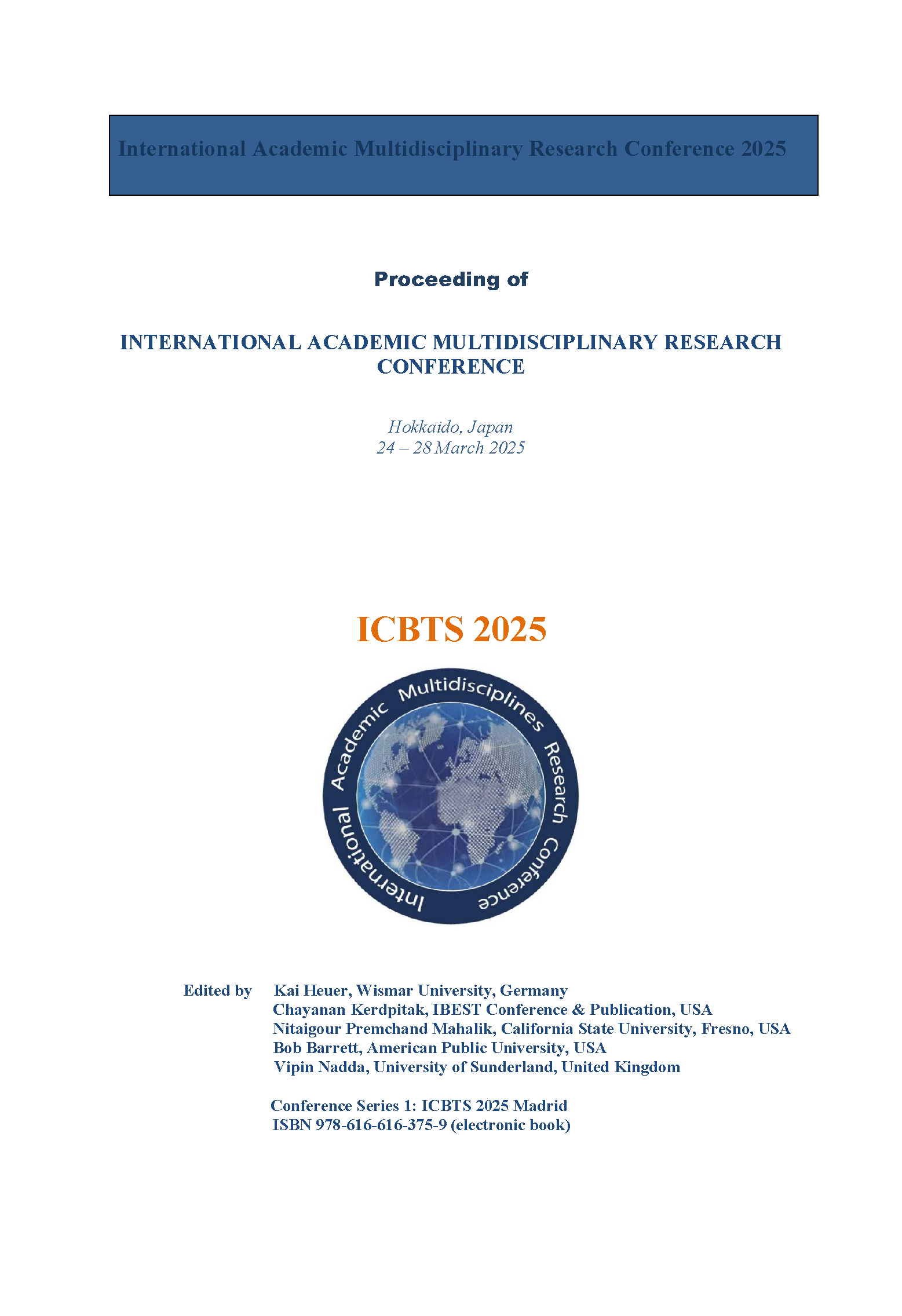Creating Alternative Materials from Lime Peels
Abstract
The purpose of this research is to experiment with the processing of lime peel for use as a substitute material in design. There are three steps to conduct research: studying data from research papers; experimenting on processing lime peels for use as alternative materials and applications for creative designs. The results of the research showed that the lime fruit When cut transversely, the wall of the fruit is divided into 3 layers: the exocarp is sticky, thick, and has oil glands; the mesocarp is thin, resembling a mitten or white pulp; and the endocarp is soft and consists of many small sacs and water inside. In addition to being nutritious and rich in nutrients, especially vitamin C, and having antibacterial potential, there are also fibrous components, which are abundant in the middle skin wall with white pulp, which can be processed by the process of making mulberry paper. The resulting material will look like a translucent sheet. It has a unique color and texture from the fibers, but it is hard, similar to animal leather materials, which, from these properties, is applied as a substitute material for leather in the art of stamping leather. It is also a guideline for the efficient use of resources. It can reduce the use of natural resources and reduce the amount of waste. It is also an environmentally friendly material by combining the knowledge and wisdom of making paper and creativity to solve waste and environmental problems.


